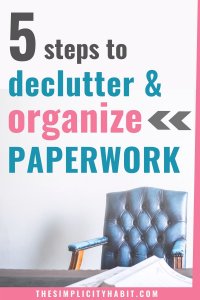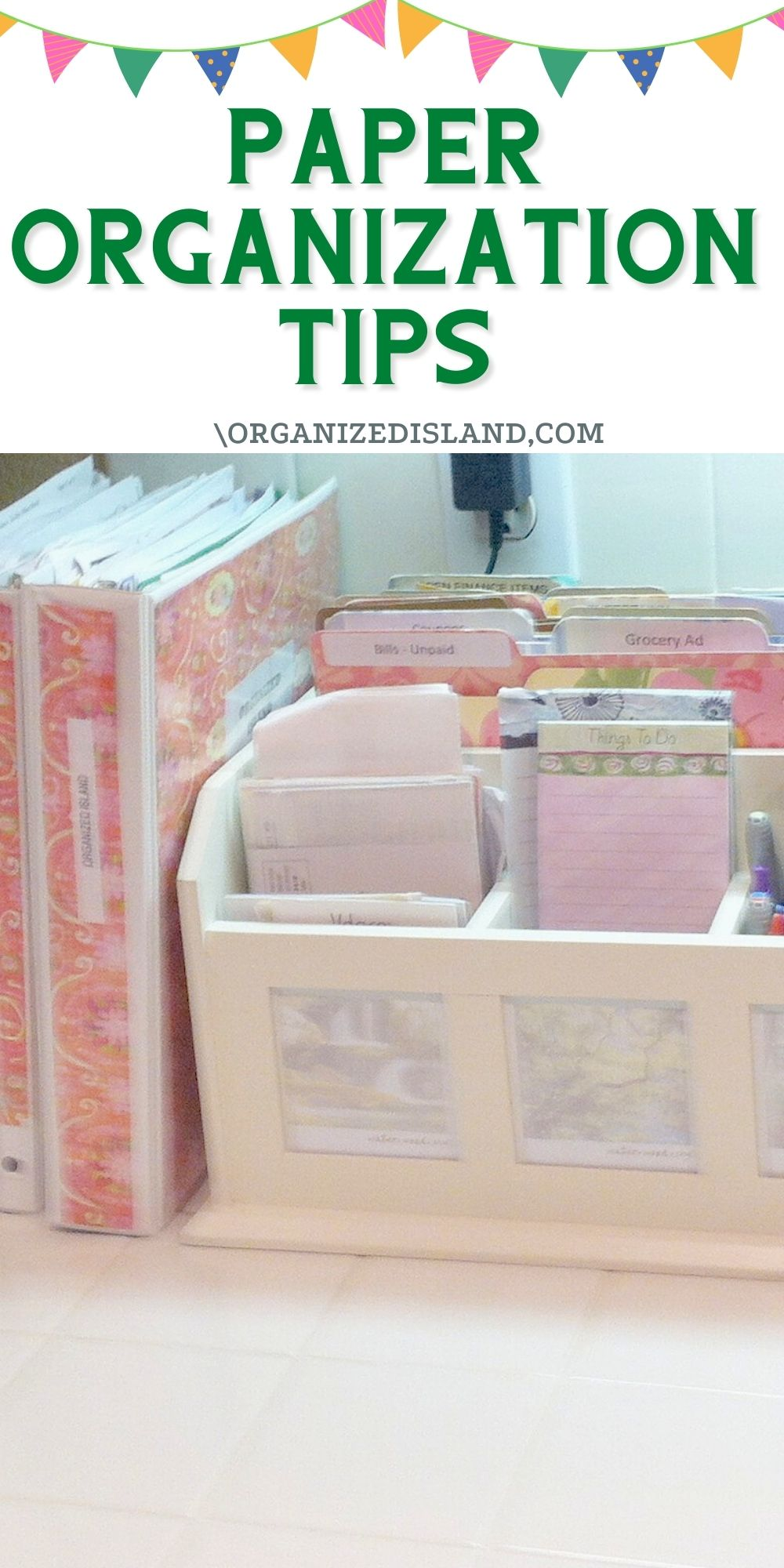7 Tips to Organize Office Paperwork Effectively

Are you overwhelmed by the endless clutter of paperwork in your office? The struggle to keep your workplace organized can be a significant source of stress. Fortunately, there are practical steps you can take to streamline your office environment and manage the flood of documents efficiently. Here are seven tips to help you organize office paperwork effectively, ensuring both productivity and peace of mind.
Prioritize and Categorize

Start with the basics: sorting your documents. Establish clear categories for your paperwork. Here’s how you can go about it:
- Current Projects: Documents related to ongoing work should be easily accessible.
- Pending Review: Items that require your attention or feedback.
- Future Reference: Information you might need later but isn’t immediately relevant.
- Completed Work: Files that have been completed, for archival or historical reference.
By organizing your paperwork into these groups, you simplify decision-making when looking for a specific document. Use color-coded folders or labels to visually distinguish between categories.
Implement a Filing System

Your filing system is the backbone of organized paperwork. Consider these options:
- Alphabetical: Useful for organizing documents by company or individual names.
- Chronological: Sorting by date is ideal for financial records or time-sensitive documents.
- Geographical: If your work involves different locations, this can be efficient.
- Numerical: Perfect for keeping track of inventory, invoices, or client numbers.
Remember to label your files clearly and consistently. Use hanging file folders or binders if you prefer physical storage. For digital documents, ensure your electronic filing system is as intuitive as your physical one.
Set Up a “Pending” Tray

A “Pending” tray is a designated space for paperwork that requires action:
- Put documents here that need signatures, feedback, or further review.
- Create a rule for how long items can stay in this tray before being acted upon or escalated.
Go Digital with Documents

Transitioning to digital documentation can significantly reduce paper clutter:
- Scan Documents: Invest in a good scanner or a multifunction printer to convert paper documents into digital files.
- Cloud Storage: Utilize cloud services like Google Drive, Dropbox, or Microsoft OneDrive for access from anywhere and backup purposes.
- Software Solutions: Use software like Evernote, Trello, or even CRM systems to manage digital documents, set reminders, and create workflows.
💡 Note: Always have a backup system in place. Paper documents can be lost or damaged, but digital files can also be accidentally deleted or corrupted.
Maintain an Archive System

Older documents still require careful management:
- Decide on Retention: Understand legal and practical requirements for how long to keep documents.
- Off-site Storage: Consider off-site storage solutions for less frequently accessed documents.
- Shred or Dispose: Regularly shred or dispose of documents that are no longer needed.
Use Technology for Workflow Management

Modern technology offers tools to automate and streamline your paperwork:
- Automation Software: Automate routine tasks with software like UiPath, Blue Prism, or Zapier.
- Electronic Signatures: Implement e-signatures to speed up document approval processes.
- Project Management Tools: Integrate project management tools for better visibility and control over documents in a project lifecycle.
Regularly Review and Purge

Finally, the key to staying organized is not just setting up systems but maintaining them:
- Regularly review the contents of your files, ensuring they are up to date and relevant.
- Purge outdated or irrelevant documents. A clutter-free office boosts efficiency and mental clarity.
💡 Note: Ensure you have company or legal guidelines for document retention and disposal to avoid potential issues.
Following these tips will not only make your office less cluttered but also significantly enhance your productivity and reduce stress. An organized office isn't just about aesthetics; it's about creating an environment where efficiency thrives, decisions are made quickly, and you can focus on the work that matters.
How often should I organize my office paperwork?

+
Ideally, you should organize your paperwork weekly or at the end of each project to maintain clarity and efficiency.
Can I use a single app for all digital documents?

+
While some apps are versatile, for optimal organization, you might need to use several apps that excel in different areas like document management, workflow automation, and cloud storage.
What should I do with sensitive documents?

+
Sensitive documents should be handled with care. Use secure shredding services for disposal, and consider encryption for digital storage or secure cloud services.
How can I get my team to follow these organization practices?

+
Lead by example, provide training sessions, and explain how organization benefits everyone in terms of efficiency and stress reduction.



